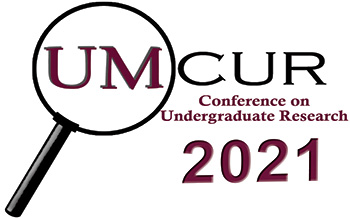Project Type
Presentation
Faculty Mentor’s Full Name
Benjamin Colman
Faculty Mentor’s Department
Ecosystem Science and Restoration
Abstract / Artist's Statement
Seeding is a commonly used tool to revegetate riparian soils made bare during channel reconfiguration, but its efficacy and factors that limit its success remain largely understudied. Ninemile Creek in Western Montana has been degraded by placer mining, which has filled the riparian areas with 10 m tall gravel piles. Extensive restoration efforts have been conducted by Trout Unlimited (TU) in the Ninemile Valley, and seeding has been used in each stage to attempt to revegetate the newly reestablished riparian areas of the Ninemile valley. However, the success of this approach has been limited, presenting an opportunity to study the optimization of this technique. It is known that soil fertility can influence plant growth and establishment. The rate of addition of seeds can also influence play a role, as does the timing of seed addition. In our study, we will determine the ideal conditions and techniques for revegetating the riparian area in the Ninemile by looking at the effect of fertilization, seed addition rate, and seasonal timing of seed addition. We will establish plots in which we will add fertilizer or low or high seed addition rates. These plots will all be seeded in spring of 2021 and will be compared to sites where seeds were added in the Fall of 2020. Our results will help us identify factors limiting the establishment of riparian plants from seed, and help provide insights to TU and others on how to optimize their seeding efforts
Category
Life Sciences
Seeding Methods for Revegetation in Western Montana
Seeding is a commonly used tool to revegetate riparian soils made bare during channel reconfiguration, but its efficacy and factors that limit its success remain largely understudied. Ninemile Creek in Western Montana has been degraded by placer mining, which has filled the riparian areas with 10 m tall gravel piles. Extensive restoration efforts have been conducted by Trout Unlimited (TU) in the Ninemile Valley, and seeding has been used in each stage to attempt to revegetate the newly reestablished riparian areas of the Ninemile valley. However, the success of this approach has been limited, presenting an opportunity to study the optimization of this technique. It is known that soil fertility can influence plant growth and establishment. The rate of addition of seeds can also influence play a role, as does the timing of seed addition. In our study, we will determine the ideal conditions and techniques for revegetating the riparian area in the Ninemile by looking at the effect of fertilization, seed addition rate, and seasonal timing of seed addition. We will establish plots in which we will add fertilizer or low or high seed addition rates. These plots will all be seeded in spring of 2021 and will be compared to sites where seeds were added in the Fall of 2020. Our results will help us identify factors limiting the establishment of riparian plants from seed, and help provide insights to TU and others on how to optimize their seeding efforts
